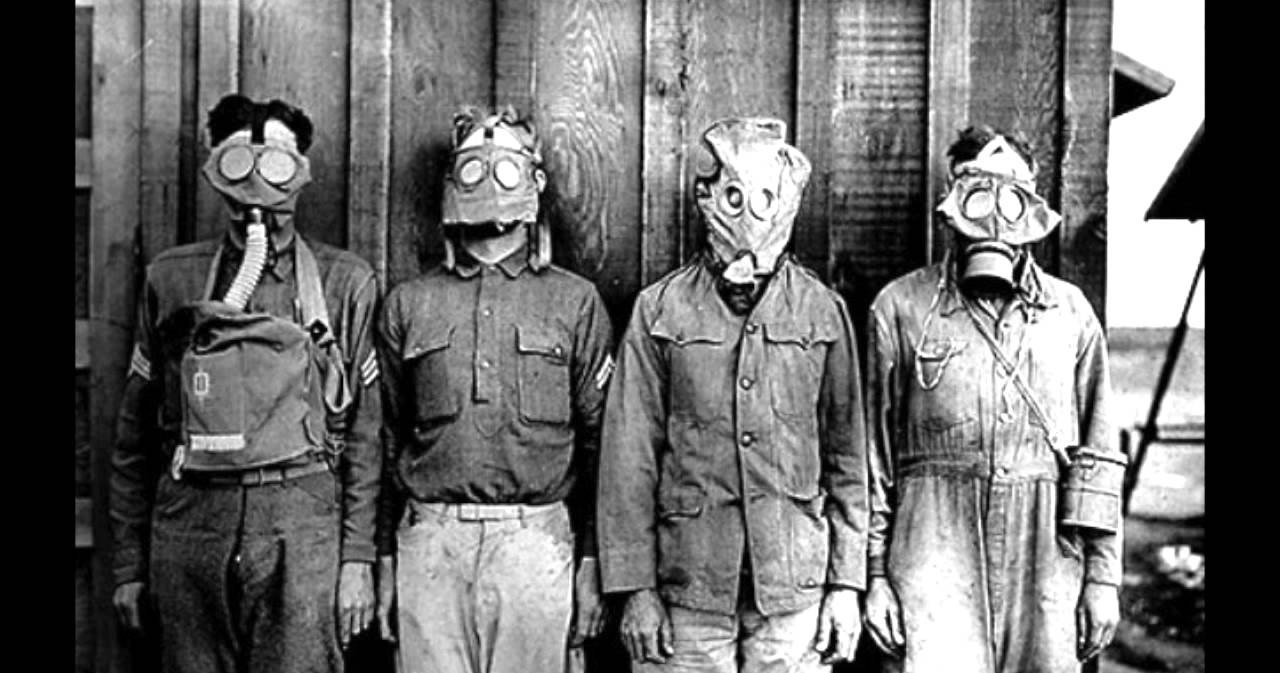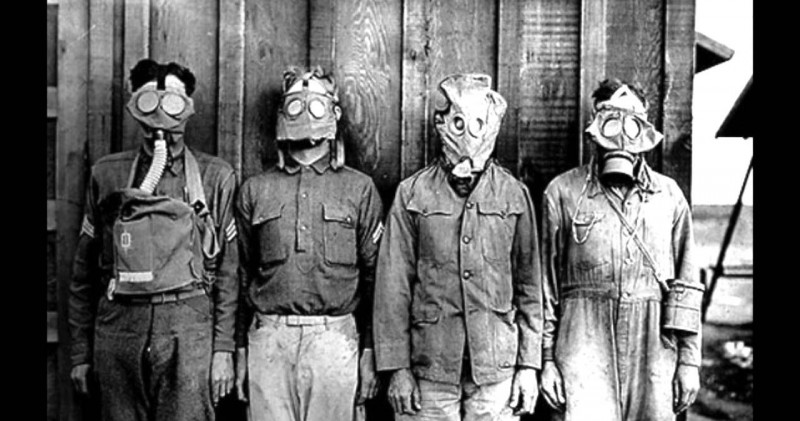Experiments performed on humans: Do noble ends ever justify evil means? The question is hackneyed, yes, but it cannot be ignored when considering the ethics of human experimentation. After all, most experiments performed on humans are conducted for noble ends, such as to develop treatments for disease and to enrich knowledge in various sciences.
More..
- Top 20 celebs with the biggest & sexiest butts in the world – You need to see #1 (+Photos)
- 10 Instagram profiles to follow if you like big butts (+Photos)
- Popular marriage breakups in Nollywood & how they happened
- Top celebrities you never knew acted adult films – You will be shocked seeing this (With Pics)
But where exactly should the line be drawn in terms of what is acceptable and unacceptable when experimenting on humans? Complicating the issue even further is what to do with the undeniably valuable data generated by some unethical human experiments. Should the findings from these objectionable scientific undertakings be discarded, or should such knowledge nevertheless be used for noble ends, regardless of the means by which these findings were derived?
Perhaps, a closer look at ten of the most unethical experiments ever performed on humans can provide some important insights.
10. Testicular Experiments on Prisoners

Between 1913 and 1951, San Quentin Prison’s chief surgeon, Dr. Leo Stanley, conducted numeroustesticular experiments on inmates. Among the goals of his experiments was to determine if various manipulations on the testicles of men would produce desired results, including the rejuvenation of old men, the limitation of criminal behavior, and the prevention of reproduction by those deemed “unfit to be parents.”
One of the experiments involved the removal of testicles from healthy prisoners who had been executed, and the implantation of these testicles into senile prisoners. The hope was that the senile prisoners would display improved mental health. Surprisingly, Stanley claimed the experiment a success, one 72-year-old reportedly emerging from advanced senility to display youthful “jazz and pep.”
Yet another study entailed implanting the testicles of goats, rams, and boars into inmates. However, the procedures proved unsatisfactory when the implanted testicles ended up being rejected by the inmates’ bodies, so Stanley instead mashed the animal testicles “to the consistency of toothpaste,” then injected the substance into patients’ abdomens. Again, the doctor reported that the injections resulted in renewed virility in the subjects.





































Discussion about this post